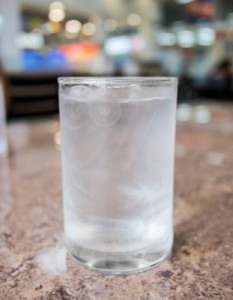 In December, the U.S. Environmental Protection Agency marked the 40th anniversary of the Safe Drinking Water Act (SDWA).
In December, the U.S. Environmental Protection Agency marked the 40th anniversary of the Safe Drinking Water Act (SDWA).
According to the EPA, “SDWA is the main federal law that ensures the quality of Americans’ drinking water. Under SDWA, EPA sets standards for drinking water quality and oversees the states, localities, and water suppliers who implement those standards.”
The act originally was passed by Congress in 1974 to guard public health by regulating the country’s public drinking water supply, including water sources like rivers, lakes, reservoirs, springs, and ground water wells. It sets national standards for drinking water to protect the public against both naturally-occurring and man-made contaminants that may occur. US EPA, states, and water systems then work together to make sure that these standards are met.
The EPA held event at the San Jose Community and Bea Main Learning Center in Coachella Valley, CA to commemorate the SDWA’s 40th anniversary. “Every day more than 38 million Californians rely on clean water for cooking, washing, and bathing,” said Jared Blumenfeld, EPA’s Regional Administrator for the Pacific Southwest. “We have made incredible progress in improving water quality and are tackling the remaining challenges so that every American will have access to clean drinking water.”
Since close to 300 million people depend on 50,000 community water systems across the country for safe, reliable water every day, it’s important that we acknowledge the importance of this Act, which protects a most vital resource to our citizens.
Click here to read more about SDWA’s 40th anniversary.
“Glass Of Water With Ice Cubes” courtesy of taesmileland / www.freedigitalphotos.net

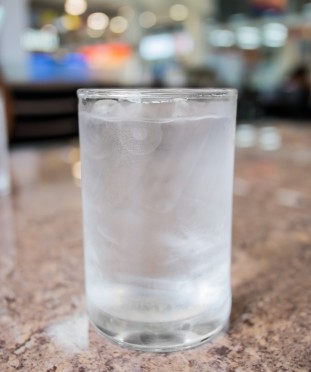
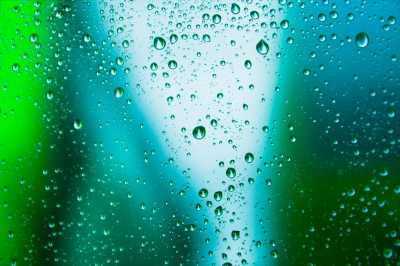
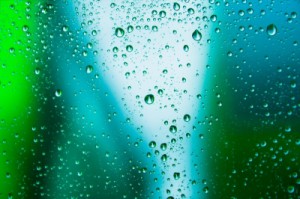 Why worry about acid rain? pH level is a quantitative measure of hydrogen ions with a level of 7 being neutral. Anything less than 7 is considered acidic, with anything above 7 considered alkaline. In the Pacific Northwest pH of our rainwater is typically 5.5.
Why worry about acid rain? pH level is a quantitative measure of hydrogen ions with a level of 7 being neutral. Anything less than 7 is considered acidic, with anything above 7 considered alkaline. In the Pacific Northwest pH of our rainwater is typically 5.5.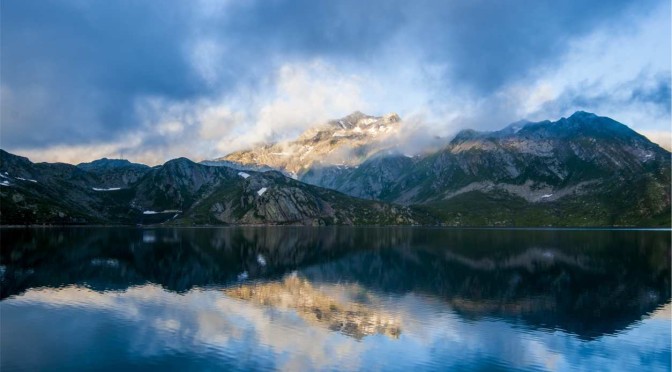
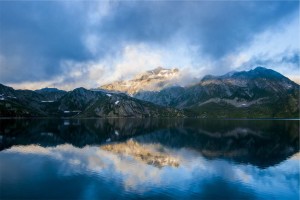 Rainwater collection, a simple source for decentralized water, can be the answer to our aging, centralized water systems. With expected increased demand from high density development and the high cost of upgrading infrastructure to meet those demands, water will become the new commodity. Much has been discussed about privatization of water districts in order to fund these expenses, turning these districts into “for profit” businesses. Large corporations such as
Rainwater collection, a simple source for decentralized water, can be the answer to our aging, centralized water systems. With expected increased demand from high density development and the high cost of upgrading infrastructure to meet those demands, water will become the new commodity. Much has been discussed about privatization of water districts in order to fund these expenses, turning these districts into “for profit” businesses. Large corporations such as